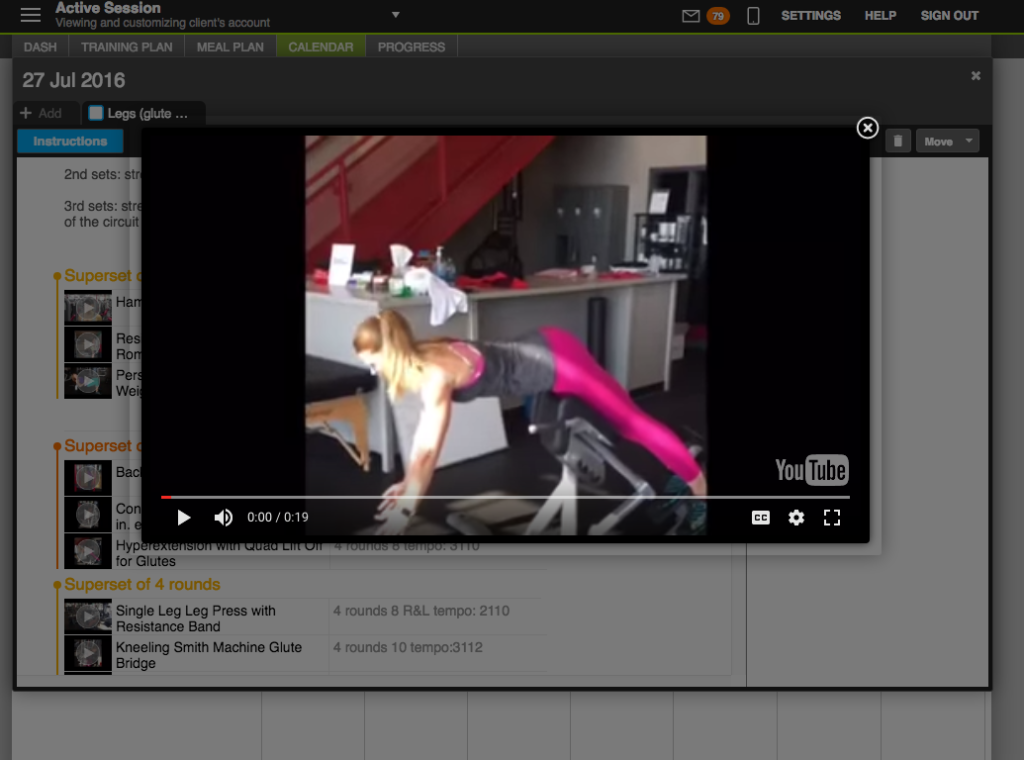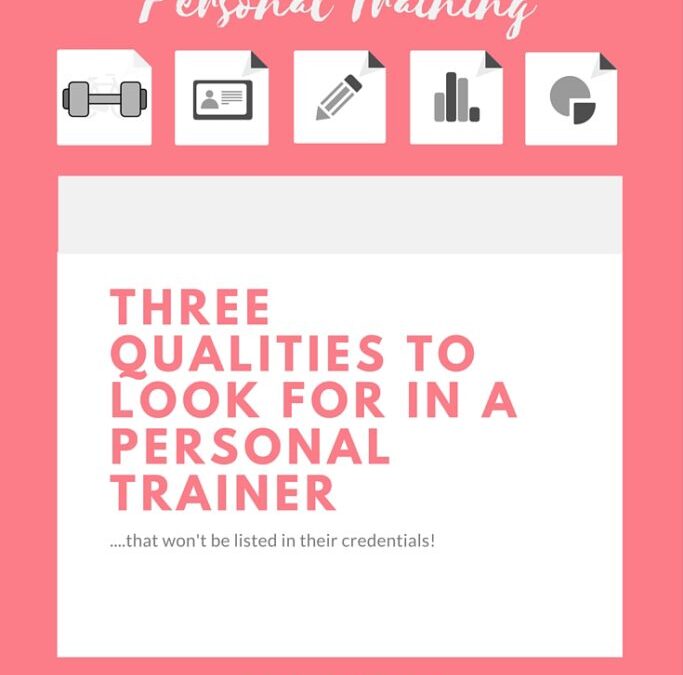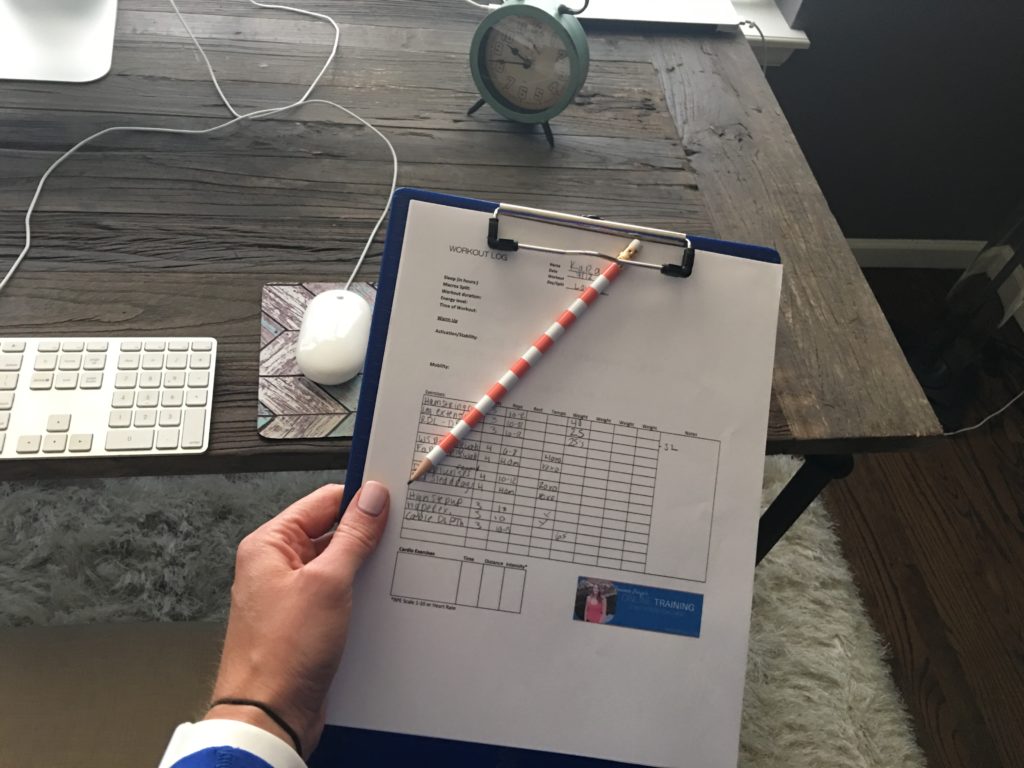Some thoughts and discussions from me.
The Art of Personal Training

Certain studies show….
Research indicates that…
In a study done at X university…
When it comes to fitness, you know that I’m ALL about using a primarily evidence-based approach, interwoven with a bit of anecdotal research when I build my programs.
Fitness – and personal training – is indeed a science, but just as much, it’s an art. Today, I want to talk about the Art of Personal Training and the three components that make it so…artistic.
The Art of Personal Training
In my opinion, all great personal trainers have one thing in common: they are able to accurately assess a client’s needs and give them a program that meets both their needs and their goals.
Or, to put it more plainly, all great trainers are able to get their clients results. If you aren’t getting your clients any results, then you aren’t doing your job. I have adhered to that motto since day 1, and I still do today. It’s why I offer a satisfaction money-back guarantee on all of my services, and have never had to use it once.
All too often, I see trainers use the exact same exercises and workouts for nearly every single client or program. Trainers who are too rigid in their approaches, while they may have great intentions, tend to coach in a way that works for them, rather than their client. Even if this approach might work most of the time, what about those clients who aren’t part of that “most?”
Honing in on three key concepts can truly help get a client results: being able to read her/her current situation, being able to cue/communicate in a way that clicks for her, and being able to figure out the best training and nutrition program for that client.
1. Asking the right questions
Any client who has trained with me through my VIP one-on-one program, or in person, has been through my consultation questionnaire process. Basically, I want ALL of the information about your current situation, training + nutrition history, and goals/future plans. This not only includes your training, nutrition, previous attempts at achieving said goal, goal, and timeline, but also your lifestyle, schedule, family, preference, and recovery.
Being a good personal trainer means communicating effectively by not only asking the right questions, but also by listening. You can sure as heck bet that my 23 year old woman’s training and nutrition programs won’t look the same as my 36 year old mom of three, who also works 50 hours a week’s training and nutrition programs. Not only because of their phase of life difference, but also their physiology, biochemistry, metabolism, etc.

2. Cueing/communicating effectively a client
This is especially important for training my online clients because my voice, my words, and my videos are all I have, unless I’m having a video call with you. If a client isn’t able to consistently adhere to the nutrition plan, or understand how to adhere to the nutrition plan, I use some different verbiage or communication. If I receive feedback that a certain exercise isn’t “clicking” for a client, I’ll try a different approach to my cueing.
For example, as I’ve mentioned before, there are two different types of cueing – internal and external. Internal means focusing on the muscle or body part that’s doing the movement.
Internal Cue: Extend the arms; Flex the triceps; push the hips back; drive the knees out
External cueing is where the focus is on something external to the muscle or body part doing the movement. External Cue: Push the ground away from you; Let me read the words on your shirt; push your belt buckle toward the wall, etc.
I have one in-person client who is 100% driven by internal cueing. In fact, I go so far as to ask her which muscle group is doing the work in nearly every single exercise. Most people respond best to a combination of both, which is why I typically provide both (either spoken or written) for my online clients.
3. Knowing what the client needs/assessing appropriately
One of the skills I’ve been able to fine tune in my 8+ years of training is being able to read a client. I know who needs tough love, and who needs a gentler approach. Who wants to know the ‘why’ behind everything we’re doing, and who could care less about the reasoning. Who needs to be more involved in the programming, and who just wants to be told what to do, and so on.
While there are certain clients who I determine that we just aren’t a good fit to work together, I do tweak my methods a bit to benefit my client, her training + nutrition journey/experience, and outcome for her goals.
The same goes for assessing what you need in order to be successful – and more importantly, feel good about it. If a client is unable to consistently adhere to a nutrition program, no matter how sound and solid the plan is, I’ll make some adjustments using her feedback and progress as the indicators. It’s about fitting the program to the client, not the other way around.
For example, one of my clients has been absolutely crushing it – both with strength and with her physique/measurements/etc. However, recently, a major life event has occurred with this client, and her mindset/goals isn’t exactly right where it was before this event. And that’s completely normal and fine!! Instead of forcing the same way of programming, which would be met with resistance and burn out, we’re coming up with a slightly different strategy; one she can adhere to and feel good about, and implement to see that progress continue.
—-
Again – having a program – or a nutrition method – that works on a lot of people is great. But the art of personal training is working with your clients with more fluidity. Programs and directions should change based of day to day feedback and progress. The art of personal training is about communicating effectively, listening, and knowing and being able to make adjustments that will help them continue to make progress toward their goals.


